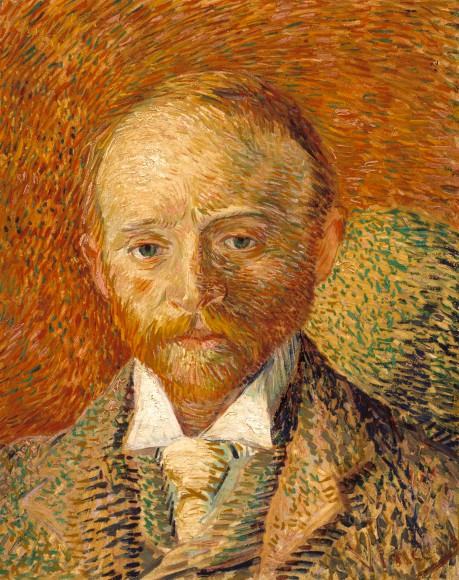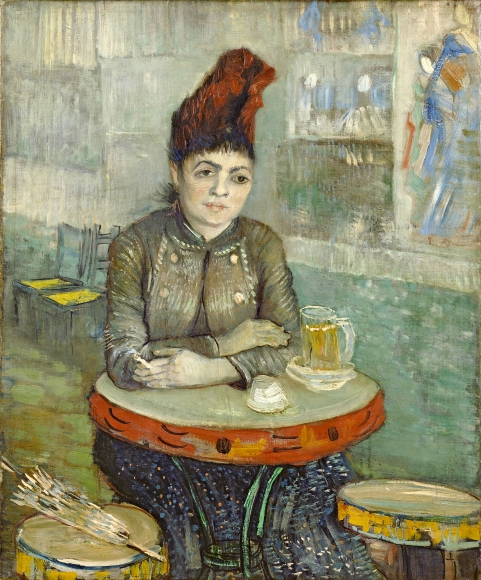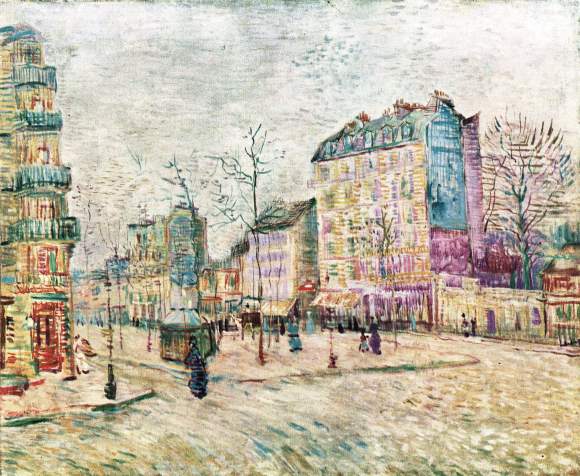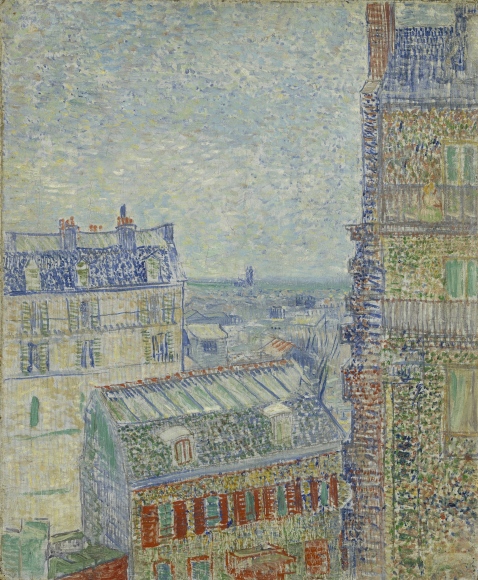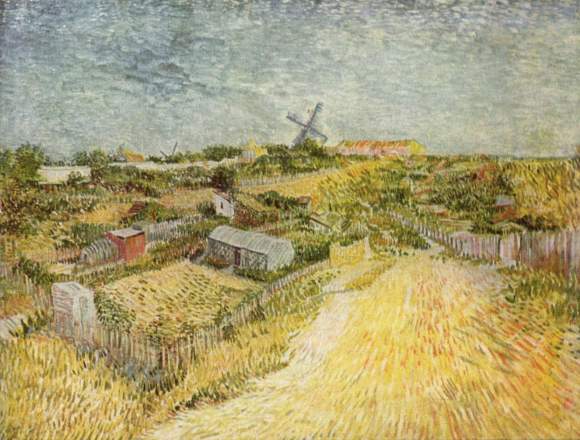
The Stedelijk Museum, Amsterdam’s home of modern and contemporary art and design since 1874, was forced to close for renovation in late 2003. Moving into the Post CS building – situated in the docklands to the north of the city centre – for four-and-a-half years, from 2008 the Stedelijk’s collection was without a home, the museum maintaining a presence through a series of smaller, temporary exhibitions and a programme of seminars, lectures and educational events. With the renovation works progressing, and a new wing, designed by Dutch firm Benthem Crouwel Architects, added to the existing structure, the Stedelijk’s reopening on the Museumplein was scheduled for late September, 2012.
The Stedelijk had been planning, for the first major exhibition after its reopening, to show some of the latest works of American artist Mike Kelley. When Kelley died in January 2012, found in his bathtub in Pasadena, just outside Los Angeles, having apparently committed suicide, the Stedelijk’s plans inevitably changed. Instead, a retrospective of Kelley’s career was organised, and opened at the Stedelijk on December 15. It is the largest exhibition of Kelley’s work ever shown, occupying the expanse of the museum’s new wing; and it is the Stedelijk’s first major international exhibition since it reopened last 23 September. The retrospective will run at the Stedelijk until the end of this week, before moving on to the Centre Pompidou in Paris; MoMA PS1 in New York; and the Museum of Contemporary Art in Los Angeles.
The retrospective is organised broadly chronologically, rooms on the basement floor showing pieces from the earlier decades of Kelley’s career, while the first floor focuses on his most recent work. Kelley’s artworks span a great variety of media, from found art objects to video installations and performance art, painting, drawing, sculpture, collage, architectural sketches, and pieces which emphasise writing and quotations. The endeavour of any retrospective is to give a full sense of an artist throughout the course of their career, and the Kelley retrospective succeeds in showing and appositely suggesting some of the central themes to which Kelley returned time and again in his work. These themes feel both intensely personal and deliberately social; and demonstrate both figurative and abstract aesthetic concerns.
The first room, a sort of passageway onto the exhibition, shows a group of wall textiles, and a series of drawings which Kelley made after the Sad Sack comic strip – an American comic created during the Second World War, depicting life in the American military. Kelley’s drawings take panels from the comic and remove everything but the rubbish in them, leaving only whatever garbage, dirt and grime appears in the frame.

Opening out, the second room of the exhibition features works from the series Memory Ware Flats (2003). These consist of canvases made up of found objects – predominantly jewellery, but also badges, buttons and bottle tops – and adopt the practises of Canadian folk art. A sculpture of a reptile sits in the middle of the room, reminiscent of Gaudi’s salamander at Parc Güell, but shorn of colourful tiling and looking depressed; and a sound installation hoots away, speakers calling and responding stretched between two boards painted black and white on silver, one depicting a foot, the other something which looks like a toad wearing sunglasses.

Another room shows those related works which make up the assemblage John Glenn Memorial River Reclamation Project (Including the Local Culture Pictorial Guide, 1968-1972, Wayne/Westland Eagle) (2001). There are four facets to the assemblage, which Kelley developed over a couple of visits to Detroit, the city in which he grew up, in 1998 and again in 2001. Kelley’s ‘Artistic Statement’ on the John Glenn Memorial River Reclamation Project ties it to the earlier Memory Ware Flats, through its similar utilisation of found objects, and because it too plays upon philosophical and medical conceptions of memory, figured through the real and reconceived childhood of the artist. The centrepiece of the room is a statue of John Glenn – the first American to orbit the earth, who maintained a long political career after leaving NASA in 1965 – made of shards of coloured glass and ceramics which Kelley obtained by dredging the Detroit River. Glenn’s figure is slightly extended, and Kelley expressed the influence of Alberto Giacometti on the sculpture. Spreading from the plinth on which Glenn stands there are piled deposits of glass and ceramics, organised by colour, and some pushed, stacked or arranged into rising mounds.

Two cabinets bookend the mass of glass and ceramic. These contain vertical drawers, which can be pulled out; and the drawers encase photographs which Kelley took of Detroit local newspaper editions published between 1968 and 1972. On one of the room’s walls, the Black Out project consists of a series of black and white photographs strictly documenting Kelley’s journey down the Detroit River. A further group of colour photographs were intended to show the river’s shoreline, but a camera malfunction left predominantly black images with only slithers of colour.

Kelley ultimately considered this malfunction ‘providential’, feeling the black images served as a point of connection with another project, Educational Complex (1995). Here an extensive architectural model, several rough architectural sketches, and a couple of suspended mobiles endeavour to bring into a single space all of the educational institutions which Kelley attended as a youth; as well as depicting those gaps, those blank spaces and empty sites, which represent facilities and areas which Kelley either does not remember, or does not want to remember owing to upsetting events which occurred there.

The mounds of ceramics; the Sad Sack drawings which were part of Kelley’s Half a Man project, completed in the late 80s; a series of black acrylic paintings of inner organs, painted around the same time and shown elsewhere in the exhibition; and Lumpenprole (1991), a large floor-rug with unidentified lumps: all demonstrate Kelley’s repeated interest in volume and amorphous shapes. That these shapes protrude and exist seems to allow for discovery and for knowledge; yet the shapes consistently subvert knowledge because they are imprecise, posited between different contexts, and cannot be accurately identified. The mounds of the John Glenn River Reclamation Project alternately appear like volcanic rock formations, unplanned yet still somehow designed; or as emergent cities, with the sort of inner logic and ethereality which is expressed in literature in Italo Calvino’s Invisible Cities. In these sculptures, in Black Out, and in Educational Complex, Kelley’s work simultaneously emphasises the importance of place to us as individuals, whilst suggesting its incompleteness, its incapacity to serve as a ground for our memories, feelings and personalities.

More Love Hours Than Can Ever Be Repaid and The Wages of Sin (1987) is perhaps Kelley’s most famous work. On a canvas covered by Afghan rugs, there hang numerous stuffed toy dolls and animals. This has variously been interpreted as an homage to childhood; as a comment upon nostalgia; and as criticising the system of labour which results in the production of such toys; whilst Kelley himself most frequently discussed the work within the context of family relations, and their complex patterns of giving and receiving, which for Kelley implicate impossible obligations and unpayable debts. Ah…Youth! (1991) makes similar use of stuffed toys. It features a row of eight portrait, passport-style photographs, seven showing stuffed animals, with Kelley’s face in between. Concepts of animism are evoked, with the stuffed animals appearing more overtly expressive, more full of character, than the portrait of Kelley. Kelley worked with Sonic Youth on several video pieces through the 80s; and the band used one of the portraits from Ah…Youth! for the cover of their 1992 album, Dirty.

Other rooms on the ground floor show collections of photographs which, in the diversity of their subject matter, prefigure an Instagram ‘explore’ page; the corridor from Kelley’s Pay for Your Pleasure (1998), with posters quoting canonical artists and philosophers who repeatedly stress the link between art and crime, but which, as an exhibit, lacks purpose detached from the rest of the Pay for Your Pleasure series; a group of birdhouses which Kelley built out of wood in the late 70s, and named after different architectural movements; and The Banana Man (1983), comprising a costume, drawings and video installations based upon a childhood television character which Kelley never saw himself, but recreated based on the recollections of friends.

On the first floor, the Kandors series involves sculptures and found object art meant to be representative of Krypton, the native world of Superman. The canisters and tubs of Kandor 15 (2007) show the same fondness for bold, discrete colour that is evident in the arrangement of the ceramics in the Detroit River project. In the adjoining room, Day Is Done (2004-05) features 32 installations, utilising video, sound and light. The series was part of a planned but never completed wider project, entitled Extracurricular Activity Projective Reconstructions, which was to comprise 365 pieces which would show as a cycle over twenty-four hours. The Day Is Done installations feature reenactments of scenes which Kelley interpolated from reading high-school yearbooks and local newspapers. As with much of his work, there is a playfulness here that is equally engaging and unsettling; an acting out into excess of what is most layered and difficult to grasp in mundane life.

________
Mike Kelley’s ‘Artistic Statement’ concerning the John Glenn Memorial River Reclamation Project (Including the Local Culture Pictorial Guide, 1968-1972, Wayne/Westland Eagle) (2001): http://dia.emsix.com/exhibitions/artiststake/projects/multimedia/kelley_statement.html
A Bomb magazine interview with Kelley from 1993, in which he discusses a number of his earlier projects: http://bombsite.com/issues/38/articles/1502

























